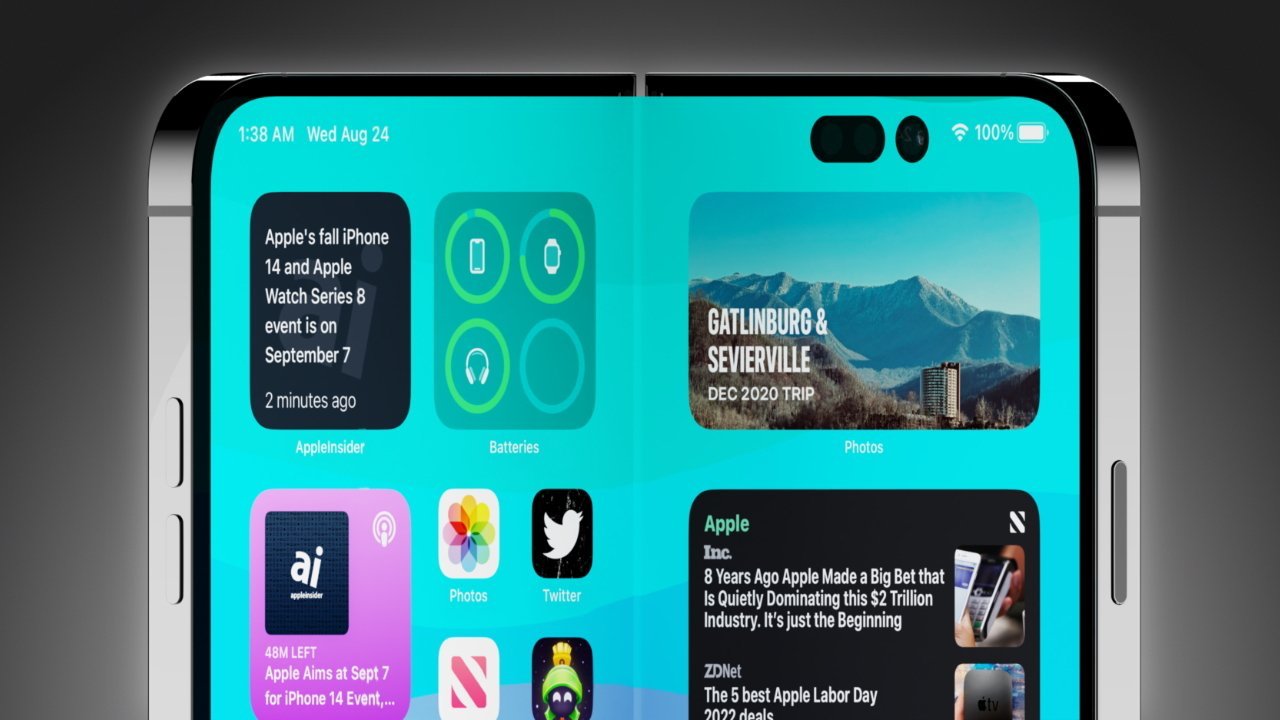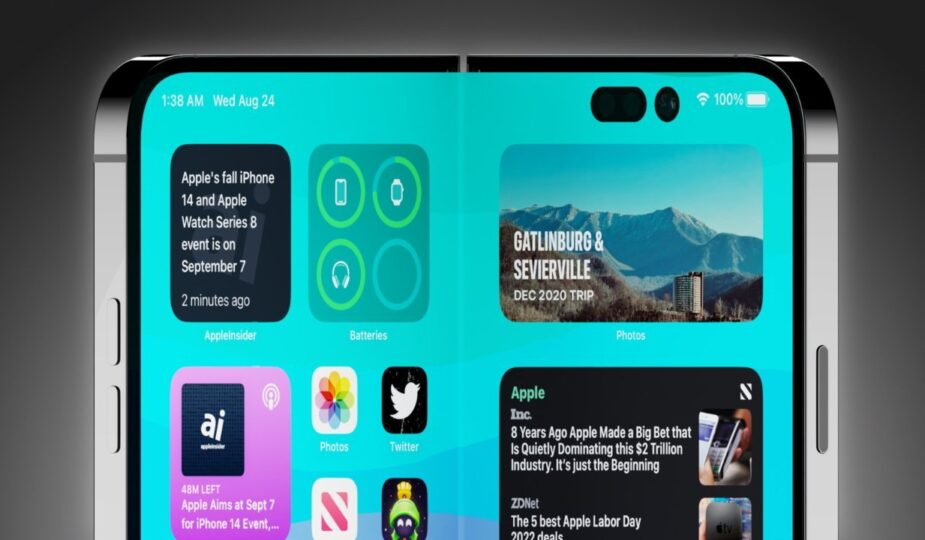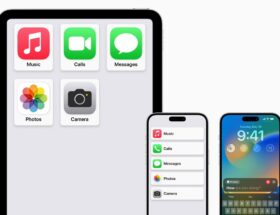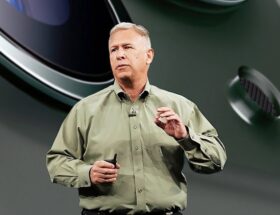Folding iPhones may have displays that heal creases and dents themselves
 10 Facebook x.com Reddit
10 Facebook x.com Reddit
When researching types displays that can be folded or bent, Apple continues to work on technology that allows iPhone displays to “heal” inevitable wear and tear.
Apple has been working on a foldable iPhone for at least nine years, and is also exploring options where the screen can be rolled up. In each case, the problem is how to make these screens work — and not be damaged when folded or rolled.
A recently issued patent offers a way to both minimize damage and do something about it when it happens. “Electronic Devices with Flexible Display Coating Layers” proposes mixing rigid and flexible display areas, and then also using what Apple calls “self-healing.”
It is this self-healing part that is the most interesting part of the patent. Unfortunately, although there are 147 references to it in the over 11,000 word patent, there are a lot of details about what self-healing will do and very little about how exactly it will achieve this.
“An electronic device may have a hinge that allows the device to bend about a bending axis,” Apple's patent states. “The display can span the bending axis. To facilitate bending about a bending axis without damage, the display may include a display cover layer with a flexible portion.”
Apple proposes that the display can stretch across the entire device, but consists of three elements. Two of them will be regular fixed screens, and the third will be a flexible part that connects them together.
Excerpt from the patent showing where the hinge might be
Apple suggests that this flexible layer could itself “include a layer of elastomer” and is a self-healing element . The elastomer stretches, but it can be returned to its original shape — an analogy would be the memory foam in some mattresses. Typically, the ability to return to a previous form occurs under the influence of heat, such as the body heat of a person sleeping on a mattress.
“The self-healing of the self-healing material layer can occur without prompting (for example, when a self-healing coating has a dent, the coating material can fill the dent even without external intervention),” Apple continues. “Alternatively, self-healing may be initiated or accelerated by external exposure to heat, light, electric current, or another type of external stimulus.”
Apple suggests that the display's “covering layer…include clear conductors that form a heating layer” to begin the healing process. “The heating layer can be used to generate heat in response to user input, according to a predetermined schedule, or while an electronic device is charging,” Apple says.
The patent attempts to cover all possible situations, so, for example, it is careful to specify that the technology can be used in everything from “a computing device such as a laptop computer” to phones and even “a smaller device such as a computer.” wristwatch device, pendant device, wearable device, or other types of miniature device.”
It also says that the display can have a configuration of two rigid elements with a flexible one in between, but it can also be a single display. However, in all descriptions the idea is that the display will consist of several layers.
“[It] may have an outer layer formed of clear glass, clear plastic, sapphire, or other transparent materials that serve as a protective layer for thin-film transistor circuitry and other display structures,” Apple says. . “The outer layer of the display is sometimes called the display coating layer.”
One option is a display that has two rigid parts and one flexible element in between.
Some layers will act as the actual display, while others will there to protect that screen — and especially when it is bent. “The device can be folded (bent 180 degrees or other suitable angle) around the folding axis,” Apple continues, “so that the display is visible from the outside of the device when folded.”
Apple applies for at least many hundreds of patents every year, but even if they are granted, this does not mean that the product will ever appear. The patent does mean that Apple is at least exploring the topic.
In the case of this patent, this research seems to be more than just a casual interest. Although this is a new patent, it has been issued before.
This usually means that by pursuing this topic, Apple wants to make changes to the patent. It might be such a small change that it's hard to notice, as in this case, but it means Apple will have to go through the patent application process all over again.
This patent belongs to seven inventors. They include Hong Sik Kim and Paul S. Drzajic, both of whom previously received a related patent on how a folded iPhone could display notifications when closed.
Follow AppleInsider on Google News.









